I used to wonder why I insisted on tiling my walls, despite my family’s objections. Three years later, I broke down in tears.
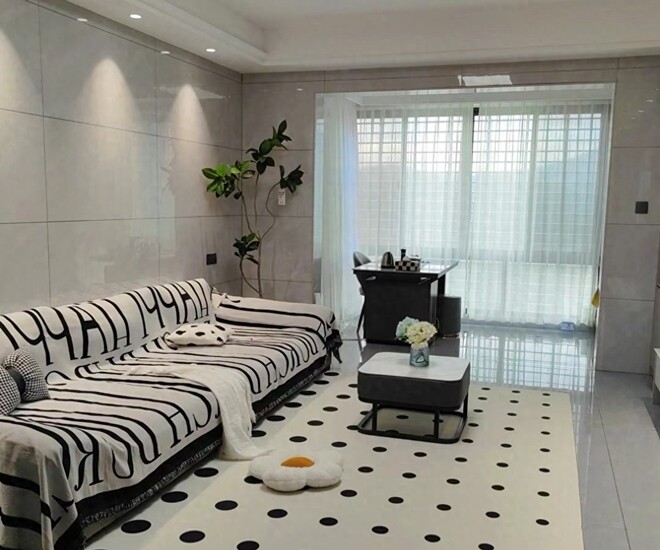
Why did I insist on tiling my walls in the first place?
Tiling walls has its advantages, which are as follows:
– Clean and Tidy
My first impression after tiling the walls was that everything looked neat and tidy. The tiles created a sleek and clean appearance throughout the house, including the living room and dining area. Additionally, I also tiled the floor for a cohesive look.
Moving into the tiled space reinforced these feelings. The walls always looked pristine and hardly required any cleaning or maintenance. The house felt dust-free as the smooth surface of the tiles prevented dust from settling, making housekeeping a breeze.
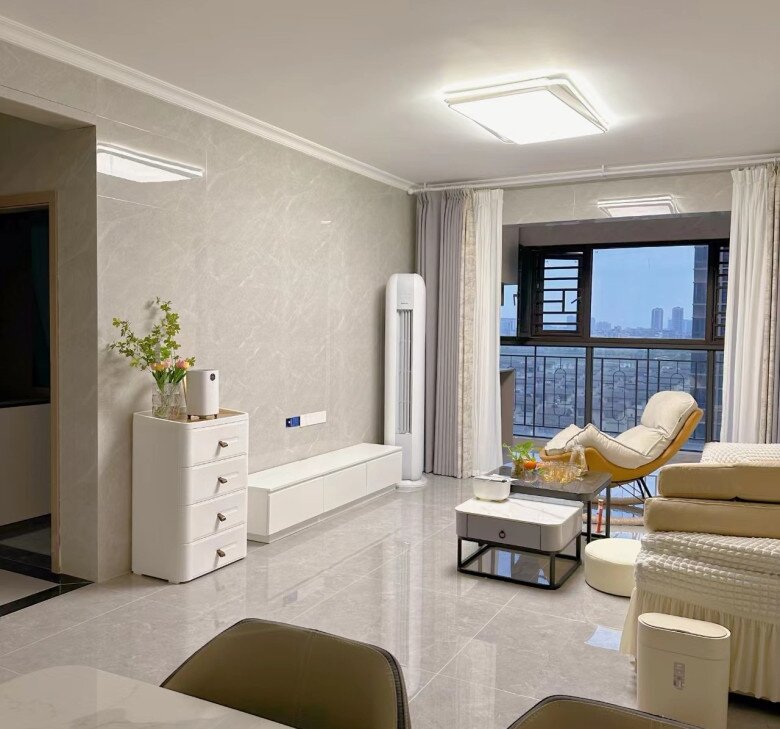
– Durability
Another advantage of wall tiles is their durability, provided they are installed correctly and do not crack or become loose over time.
Using good-quality tiles and proper installation techniques can result in a long-lasting finish. In this regard, tiles outperform painted walls or wallpaper. Tiles are also impact-resistant, making it unlikely for them to scratch or chip, even when moving furniture around. They are also resistant to fading and discoloration, maintaining their appearance for years.
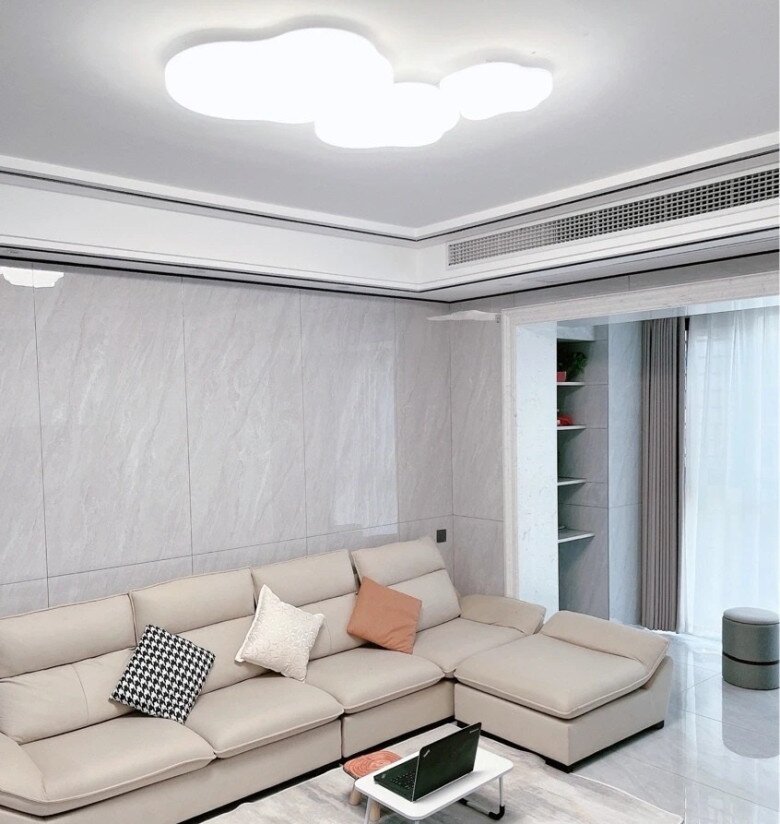
– Sense of Luxury
Tiling walls can create a luxurious and grand impression, similar to what one might find in hotel lobbies or upscale offices. Large-format tiles, in particular, can enhance this effect. The use of tiles in these spaces often conveys a sense of sophistication and elegance, which was the look I initially aimed for.
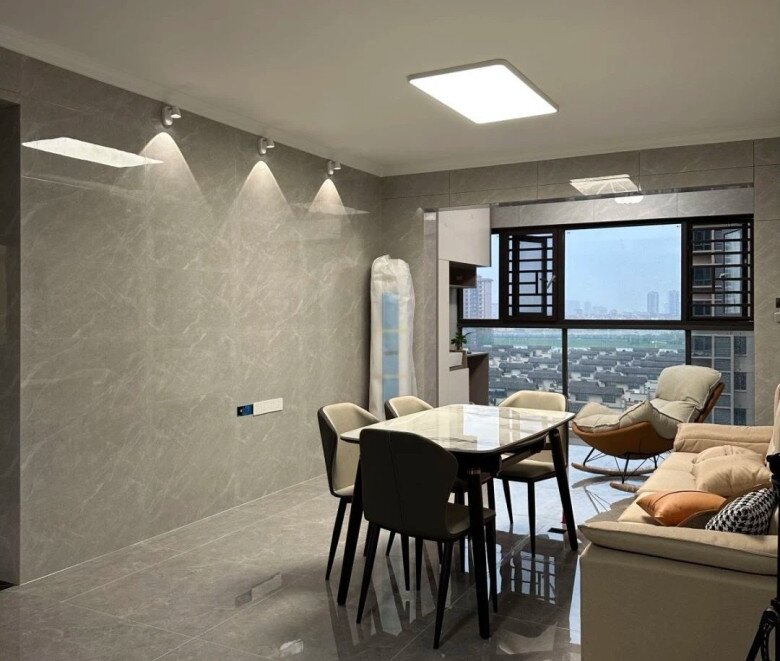
Why did I break down in tears after living with tiled walls for 3 years?
In my enthusiasm for tiling, I overlooked some practical considerations that can become inconveniences for most households.
– Condensation
The first notable issue with tiled walls is condensation. Tiles have a high thermal conductivity, and their surfaces tend to be cool. In humid conditions, moisture in the air condenses into water droplets on the cool tile surfaces.
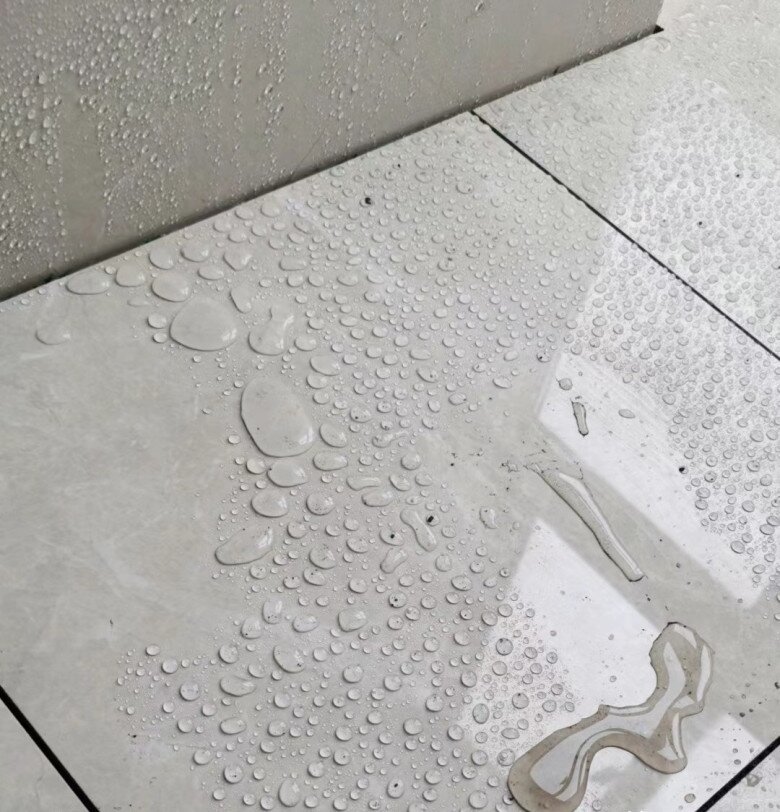
In certain regions, tiling walls can lead to two problems. First, during hot and humid seasons, water droplets form on the walls, sometimes even dripping onto the floor, increasing the humidity in the house and potentially leading to mold issues. Second, in damp weather, tile walls are prone to significant condensation.
Therefore, when considering tiling walls, it is crucial to factor in the potential for condensation. If condensation is likely to be an issue, it is best to avoid tiling the walls.
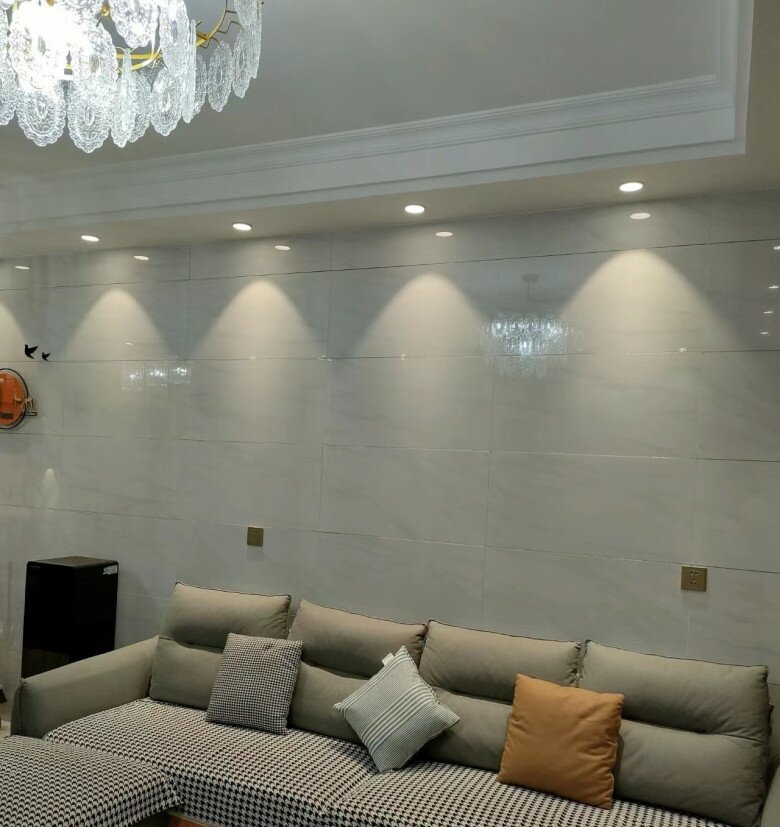
– Grout Lines Attract Dust
Another issue with tiled walls is that the grout lines tend to attract dust. Large-format tiles, which are popular for walls, result in more grout lines. While grout can be sealed or filled with caulking, it is challenging to prevent dust from settling in these areas entirely.
Over time, I encountered two issues with the grout. First, the standard grout I used started to push out a white powder due to moisture or compression, creating a mess. Second, the caulking used to fill the grout lines eventually began to peel away due to the weight of the tiles, causing the underlying cement to be exposed.
To avoid these issues, it is essential to properly seal and maintain the grout lines. Deep cleaning and thoroughly filling the grout lines with sealant are crucial steps to prevent dust buildup.
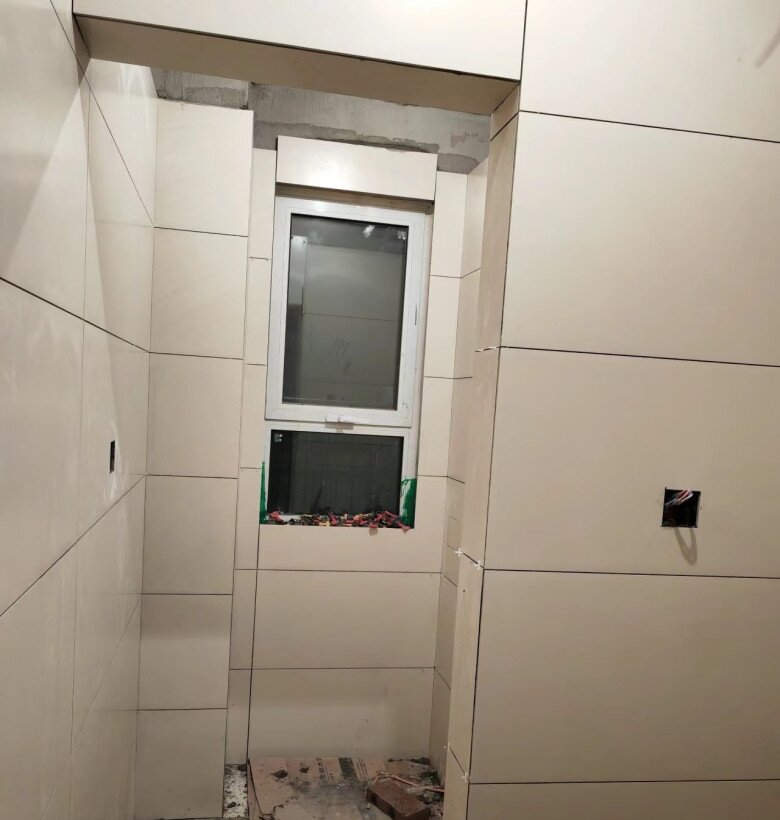
– Hollow or Detached Tiles
One of the biggest concerns with wall tiles is the possibility of hollow or detached tiles. This issue commonly arises due to the nature of the tiles and the installation process.
Tiles designed for flooring have low water absorption rates and fewer holes on the backside, requiring a specific type of adhesive. Additionally, large-format tiles are heavy, increasing the risk of detachment if not installed correctly. As a result, two issues may occur: hollow tiles due to inadequate adhesion, and detached tiles that fall off the wall, either partially or entirely.
To prevent these issues, it is crucial to use proper installation techniques, such as using tile adhesive and thoroughly preparing the walls before tiling.
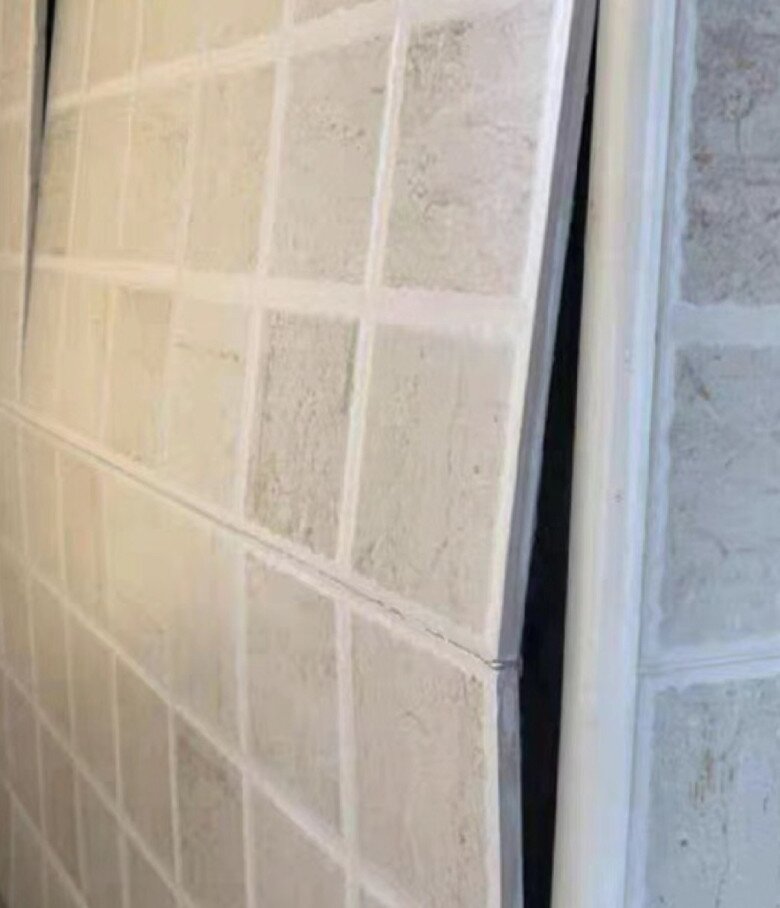
– Lack of Warmth
The most striking feeling I experienced after moving in was the lack of warmth in the tiled space. A home should evoke a sense of coziness and comfort, but the excessive use of tiles can make a space feel cold and uninviting.
Tiling both the walls and floors can create an icy atmosphere, affecting the overall ambiance of the home. Every time I entered the house, I was greeted by an uncomfortable chill. This sensation is undesirable in a living space and can negatively impact the overall feel of the home over time.
I attribute this cold feeling to two main reasons. First, tiles, by their nature, are similar to stone, and excessive use can make a space feel chilly. Second, the smooth, glossy surfaces of tiles can create a mirror-like effect, and an abundance of reflective surfaces can also contribute to a cold atmosphere.
Therefore, it is essential to strike a balance and avoid excessive tiling in the home. While tiles have their benefits, they should be used in moderation to create a warm and inviting space that feels comfortable to live in.
Why Do Foreigners Rarely Use Phone Cases? It Turns Out There’s a Surprising Reason.
The use of phone cases is an intriguing cultural contrast between foreigners and Vietnamese locals. While it is uncommon for foreigners to adorn their phones with cases, it is quite the opposite for the Vietnamese, for whom a phone case is a ubiquitous accessory. This prompts the question: why the disparity?






































